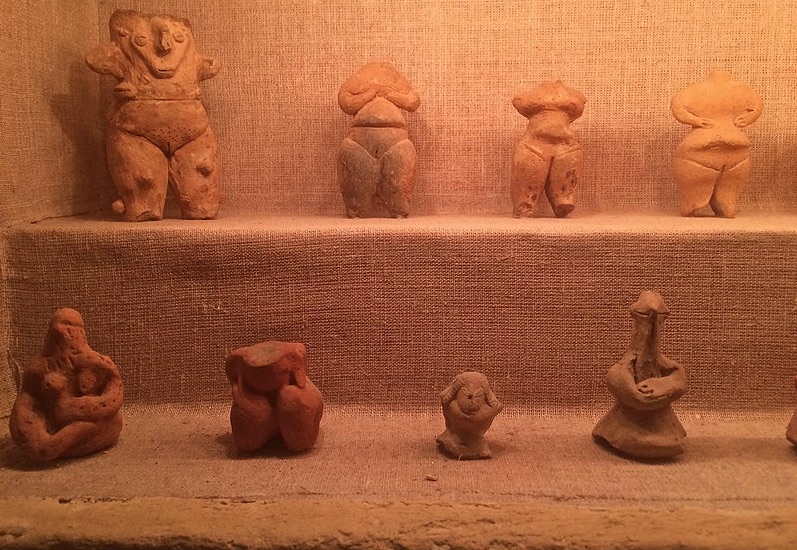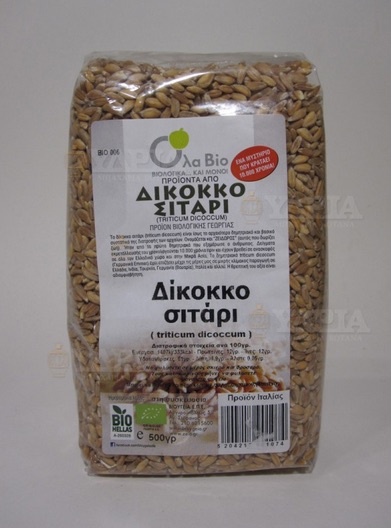- Read offline
- Access all content
- Build a list of your own favourites
- Search the contents with full-text search functionality
- ... and more!
zeiá
ζειά
Emmer or hulled wheat (Triticum dicoccum). This was one of humanity's first domesticated crops, related to eikorn (Triticum monococcum) and often confused with spelt (Triticum spelta, or olyra).
If you ever go to Vólos in Thessaly, the archaeology museum has some carbonized grains of emmer from some of the earliest Neolithic settlements in Greece, along with some of the fascinating clay figurines made by the inhabitants.

Early forms of wheat and how and when they were domesticated is so complicated that even today with DNA analysis it's not completely understood. Although a reliable crop, emmer never yielded as much as other grains, including the barley (krithari) and durum wheat (sitos) that gradually replaced it.

Emmer is high in magnesium, fiber, protein and vitamins and very low in gluten (which clogs nerve endings and makes them 'sleepy'; some people even say the ancient Greeks were so clever because they ate so little gluten!).
Greek farmers have started growing emmer again, marketing it as Δίκοκκο σιτάρι (Díkokko sitári). The nutty grains are good in a soup, or biscuits; you can also buy it made into flour or pasta.
Images by Heinrich Stürzl / Wikimedia Commons / CC BY-SA 4.0, mpaxarika.gr, PD

